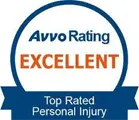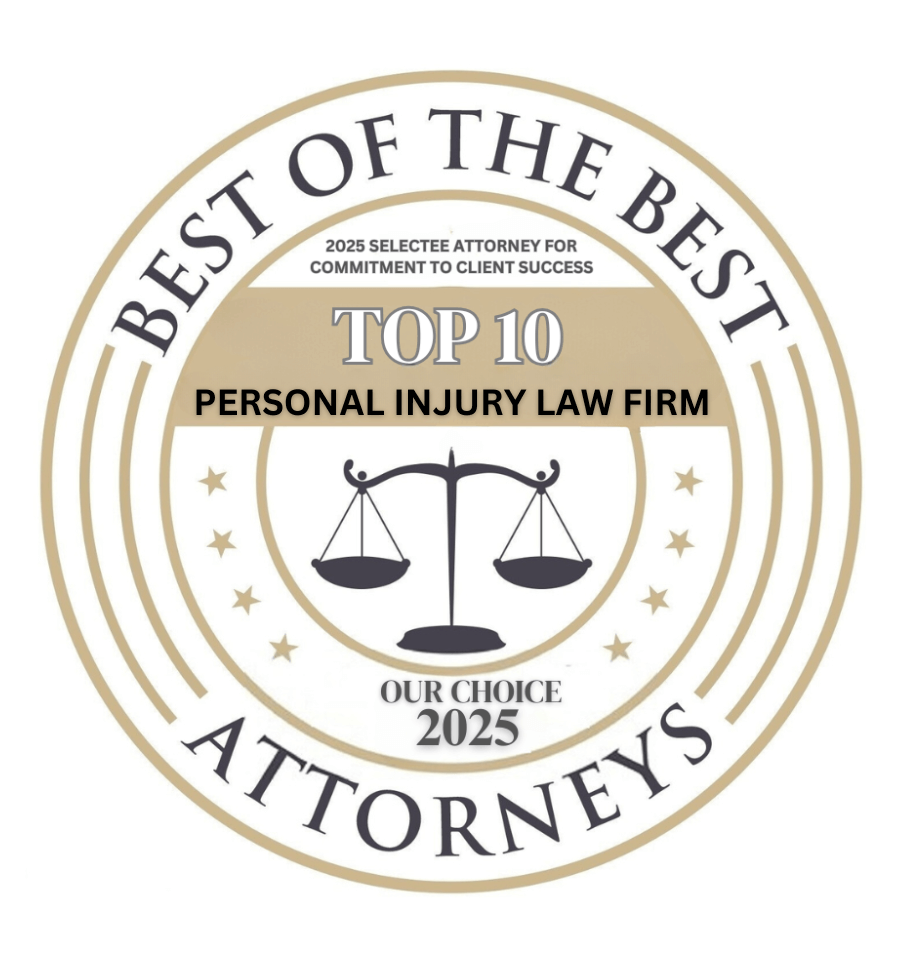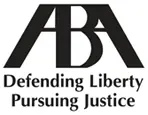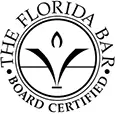What to Do After a Car Hit You as a Pedestrian
Almost all Washington residents walk every day, and the Washington Traffic Safety Commission estimates 25 to 30 percent of the state’s population depends on walking as their primary or only mode of transportation. Whether you walk for exercise, to enjoy the outdoors, or to commute for work, you face the risk of a car striking you. Perhaps you have already been a victim of a pedestrian accident, so you are all too familiar with the dangers of being a pedestrian. In any case, you might be wondering about the steps you need to take after a car hits you while you are walking.
Pedestrians have no protection against a car, so accidents are often severe, and can be fatal. The pedestrian accident attorneys at Boohoff Law understand those who have been struck by a car likely cannot do much, if anything, immediately following an accident. Yet, to provide as much valuable information as possible, we also write this guide for those who have a friend or family member who can help them in the immediate aftermath of a pedestrian accident. Whether you are a pedestrian accident victim, or a family member or friend of the injured victim, the following things serve as a to-do list in the minutes, hours, and days after a pedestrian accident.
Prioritize Your Health and Safety
It’s likely someone will immediately call 911 after a car hits you. You might be conscious and you might even be able to stand or move, but that doesn’t mean you don’t need medical treatment. If you aren’t automatically transported to the nearest emergency room via ambulance, you need to accept medical treatment at the scene of the accident or make sure a friend or family member gets you to the hospital immediately. If you can move to the side of the road away from traffic, you should do so to maintain your safety.
Adrenaline can cause you to feel fine after an accident, but in fact, you could have internal injuries of which you are not yet aware. Similarly, if you hit your head during the accident, you might not notice the symptoms of a traumatic brain injury for hours or days afterward. A doctor needs to thoroughly examine you and document your accident and injuries. Medical documentation serves as convincing evidence for insurance companies and the court, if you file a personal injury lawsuit against the driver who hit you.
Gather Contact Information
If you are physically able, you need to get information from the driver who hit you. When law enforcement arrives at the scene, they will most likely take care of this, but it’s always in your best interest to ask for it yourself, as well. In addition to getting the driver’s name, address, phone, and/or email, you should also ask for their insurance information and write down the make and model of their vehicle, as well as their license plate information. Additionally, you should ask for contact information from any occupants in the car or witnesses who stopped to help, and record any police officers’ name, badge number, and department when they arrive at the scene of the accident.
Remember to keep your discussions brief when you gather information. Don’t fully or partially admit fault in a pedestrian accident, even unintentionally. Motor vehicle drivers have a special duty of care towards pedestrians, so even if you admit to jaywalking, you still might be able to seek compensation. Yet, you do risk not being able to file a lawsuit and the insurance company devaluing your claim. It’s in your best interest to not discuss the facts of the case with anyone.
Take Photos at the Scene
Provided you are physically able to move after the accident, use your cell phone to take video and/or photos of the scene of the accident. This will aid with insurance claims, settlements, and lawsuits by providing solid evidence about the details of the accident. You should take pictures of any damage done to the vehicle when the driver hit you, as well as any visible injuries you have as a result of the accident, and any skid marks the vehicle might have made if they applied their brakes before striking you. If you didn’t record the make/model of the vehicle and the license plate, you should also snap some photos of these items too.
When the driver struck you, other collisions might have also occurred depending on the level of traffic. Make sure to take photos of those collisions and associated damage. Once clean up crews arrive on the scene, potentially valuable evidence might be lost forever. These additional photos can help build a stronger case against the driver who hit you if you file a personal injury lawsuit.
Record Conditions of the Accident
The police report will likely record all these things, so you don’t have to worry if you aren’t able to record conditions. Yet, it’s always better to take note of these things when you can, in case the law enforcement officer gets it wrong. You should take special note of the location, time, and date, as well as any hazards or road conditions that might have contributed to the accident. For example, if a car hit you when it was icy out, this might be important because it suggests the driver might have been traveling too fast for conditions, or they wouldn’t have struck you. You should also record any weather conditions such as whether it was raining, overcast, sunny, etc.
Obtain a Police Report
Often you will have to wait for law enforcement to finish the final copy of their accident report, so it won’t be immediately available to you. Ask the officer(s) at the scene of an accident to provide a final copy of the police report to you as soon as it is available. Find out if the officer will mail you a hard copy, email you a copy, or if you need to pick up a copy of the report at their station. In many cases, you can obtain a collision report online.
Police reports are valuable for two reasons. First, they allow you to double-check the information you recorded from the accident and make sure the story is right. Second, they establish fault, put you at the scene of the accident and remove a substantial amount of questions and doubt for insurance claims and personal injury lawsuits.
File an Insurance Claim
Washington is a tort liability state, which means the at-fault party in a traffic accident is financially liable for damages. Initially, you might have to use your own health insurance to cover your medical treatment, but ultimately the driver’s insurance carrier should be picking up the tab, especially when liability is clear.
The driver who struck you might or might not file a claim with their auto insurance carrier. Most carriers require a driver to file a claim when the driver causes bodily injury. Failure to do so can result in the cancellation of coverage. Yet, you should ensure the driver’s insurance company knows about the accident by filing a claim with them yourself. Remember, insurance companies will do everything to avoid paying a claim, so don’t offer details about the accident. Only offer the bare minimum information to let the company know about the accident. Ultimately, it’s in your best interest to let an attorney handle the communication with the driver’s insurance company.
Keep a Journal
You’ve likely taken pictures of any visible injuries immediately after your pedestrian accidents. As the days go on, continue to document your injuries in a journal by snapping pictures of your visible injuries each day, every other day, or when you notice a significant change. If your spouse, child, or other loved one has been injured, you can document their progression in a journal each day. A journal provides hard evidence demonstrating which injuries are healing, which are worsening, and which remain the same. When insurance companies settle claims and courts award damages, the severity of injuries matter, but so does the likelihood of a full recovery.
Not all physical injuries are visible and being the victim of a pedestrian accident can also cause mental anguish and emotional distress. In addition to taking photos, you should keep a written daily record of progress, how you are feeling, and the emotional struggles you might be coping with. When courts award damages for a personal injury claim, some of them are for non-economic losses like pain and suffering, scarring and disfigurement, and others having to do with changes in personal relationships. A journal that documents the intangible aspects of your injuries provides an additional tool for an attorney who negotiates or litigates your case.
Keep Proof of Economic Loss
When you are involved in a pedestrian accident, it is extremely important to keep records of economic losses related to your injuries. You will have medical bills for a variety of things like an ambulance ride, emergency room visit, hospitalization, X-rays, medication, and doctor visits. If you or your loved one’s injury is severe or catastrophic, your expenses might also include physical therapy, assistive devices, and long-term nursing care.
You should also keep gas receipts for travel to and from doctor appointments and receipts for any domestic replacement services you needed such as lawn care, cleaning, cooking, etc. In situations where pedestrian accidents result in severe injuries that require extensive recovery or permanent disability, victims might have to modify their homes to make them more accessible. For example, you might need to build a wheelchair ramp, install handrails in the bathroom and shower, or purchase a special hospital bed. Save the receipts for these home modification expenses, which also add to the value of any settlement or claim.
Additionally, it’s highly likely you will miss work for days, weeks, or longer if you suffered a severe injury. Even if you anticipate a full recovery, healing takes time and varies based on the location, severity, and type of injury. You will need to have documentation to prove your income before the accident, and to account for lost wages. You should also document any paid time off, including personal days and sick days that you were forced to use as a result of your accident and injury. This information will help a lawyer place a monetary value on your claim. If your pedestrian accident resulted in a permanent disability, proof of income will also help value your claim by providing evidence for the loss of future earnings.
Consult an Experienced Pedestrian Accident Attorney
 Not all traffic accidents require the skills and expertise of a personal injury attorney, but pedestrian accidents are in a special class of their own. Unless a car hit you so slowly that it didn’t even knock you down and you were able to walk away and go about your daily life, you will most likely need to consult a pedestrian accident lawyer. At Boohoff Law we will help investigate your accident and build a case against the driver who hit you, but most importantly they will communicate with the driver’s insurance company.
Not all traffic accidents require the skills and expertise of a personal injury attorney, but pedestrian accidents are in a special class of their own. Unless a car hit you so slowly that it didn’t even knock you down and you were able to walk away and go about your daily life, you will most likely need to consult a pedestrian accident lawyer. At Boohoff Law we will help investigate your accident and build a case against the driver who hit you, but most importantly they will communicate with the driver’s insurance company.
Although exceptions exist, in the vast majority of pedestrian accidents, the driver’s auto insurance carrier will be held financially responsible for the accident. The insurance company knows this, but wants to avoid paying the full amount an injured pedestrian deserves. This leads many insurance companies to offer quick settlements to victims, which are typically much lower than the value of the claim but high enough to entice victims to accept and ensure the insurance company isn’t ordered by a court to pay out a much higher amount later on. They are especially tempting to pedestrian accident victims who are struggling financially with medical bills and lost wages.
Speaking with a skilled attorney will diligently pursue the best outcome for your case and help you get the compensation you deserve.
Free Consultation
We Are Here For You 24/7
Reviews
– Elissa M.
“Really pleased with Boohoff Law! Received immediate responses when I had any questions. Treated amazingly by all staff … made this process a true breeze!”
– Caitlyn M.
– Brandy K.
Related Posts
Steps to Take After a Drunk Driver Hits Your Vehicle in Seattle
What Compensation Can You Claim for Severe Burn Injuries
What to Do After Being Injured in a Parking Lot Accident in Seattle
Recovery is personal.
We’re here for you.
You're better off with Boohoff.











The information on this website is for general information purposes only. Nothing on this site should be taken as legal advice for any individual case or situation. This information is not intended to create, and receipt or viewing does not constitute, an attorney-client relationship.
available 24/7
(877) 999-9999
